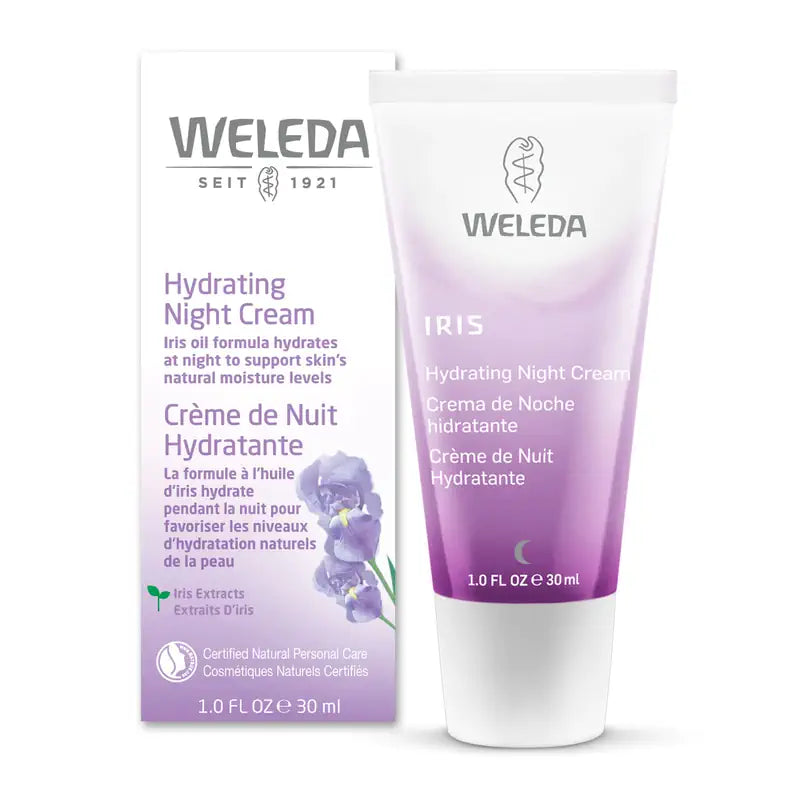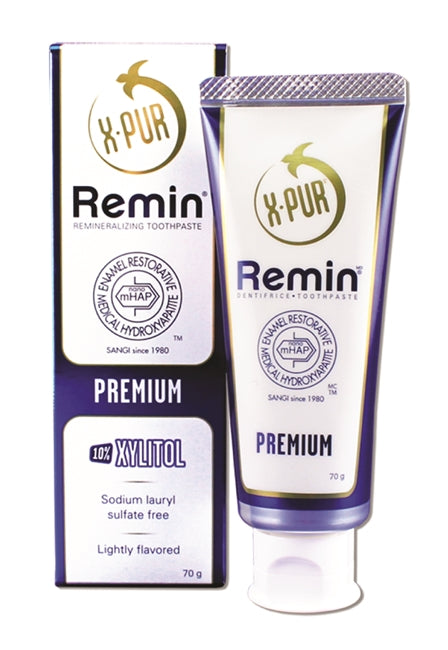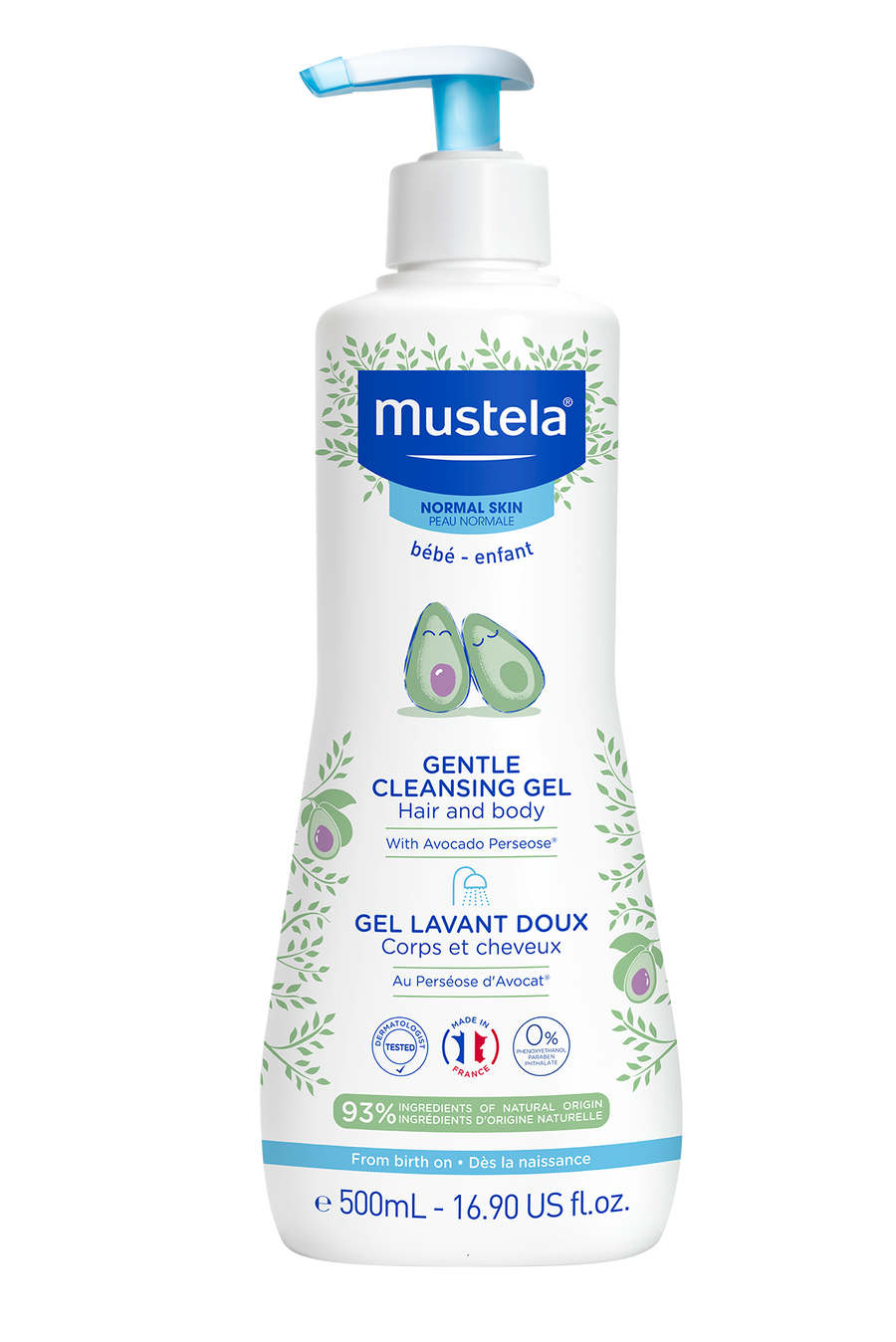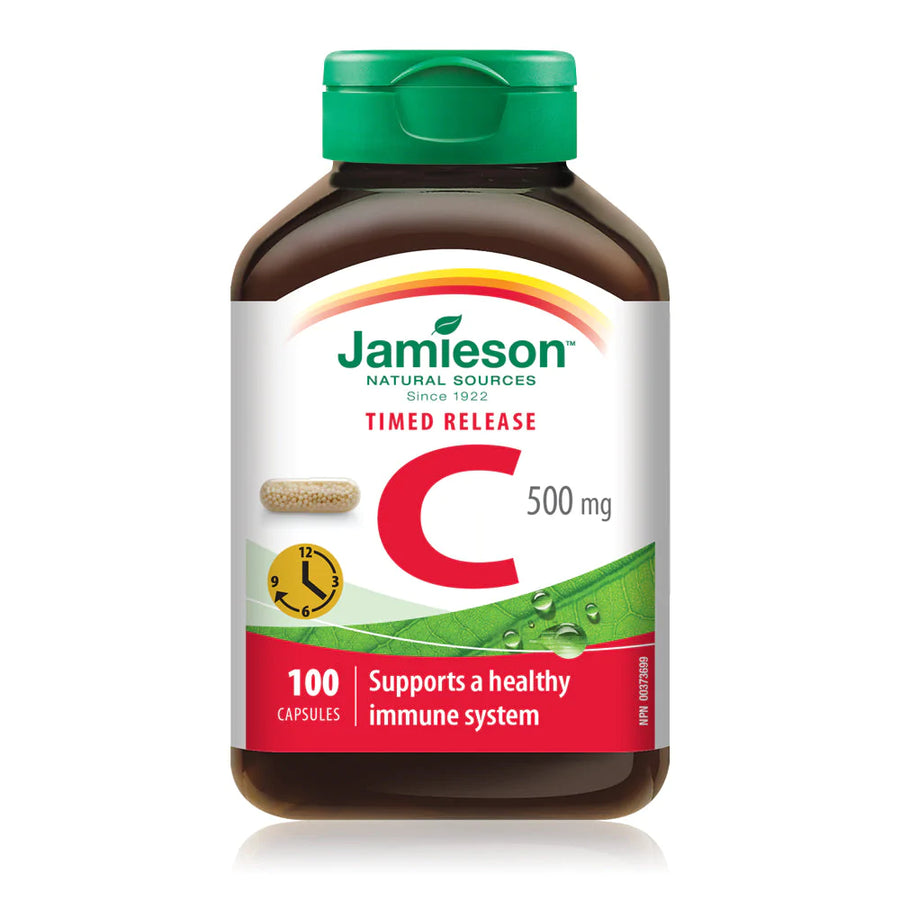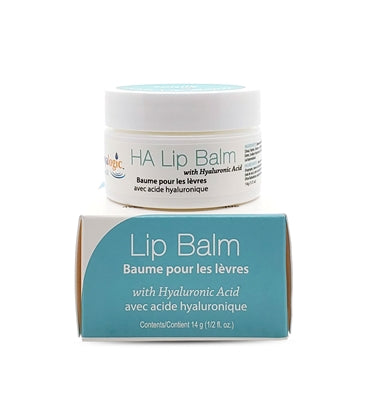Practical advice: Tanning - Sun protection
Tanned skin is a sign of well-being and good health. But, the sun can be dangerous, so it is essential to protect your skin before exposure.
Tanning is a discoloration of the skin due to the formation of melanin, a dark brown to black pigment made by the skin to protect itself from the harmful effects of natural, or artificial, UVA and UVB ultraviolet rays.
Exposing yourself to the sun means exposing your skin to UVA and UVB rays. Thanks to these rays, you can tan. While UVB does not penetrate the skin deeply and is responsible for sunburn, UVA does penetrate the skin and it induces skin photoaging.
Before any exposure to the sun, it is essential to protect your skin well. There are many cosmetic products in different forms (cream, milk, mist, oil, spray) adapted to each type of skin (children's skin, fair complexion, darker complexion, black skin) with variable indices from 10, 30, 50 or even 50+ depending on the degree of protection required. You have to choose the right protection index for your skin type, but this is not enough to ensure total protection. The application must be renewed every hour and generously.
Apart from these sunscreens, there are some common rules to follow:
- Avoid exposure during the hottest hours between 12 p.m. and 4 p.m., when UVA and UVB rays are the most dangerous.
- Take special care of children and adolescents whose skin is more fragile.
- Seek the shade as much as possible, whatever the outdoor activity, and have the reflex to prefer shady places.
- Covering up with light clothing, a hat, or sunglasses can ensure better protection against the sun.
- Pay more attention to protection in the event of a pregnancy.

Disclaimer: Content from the blog is not intended to be used for medical diagnosis or treatment. The material on this blog is general information provided for informational purposes only. For specific medical advice relating to you, be sure to consult with your healthcare practitioner and other healthcare professionals.


